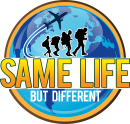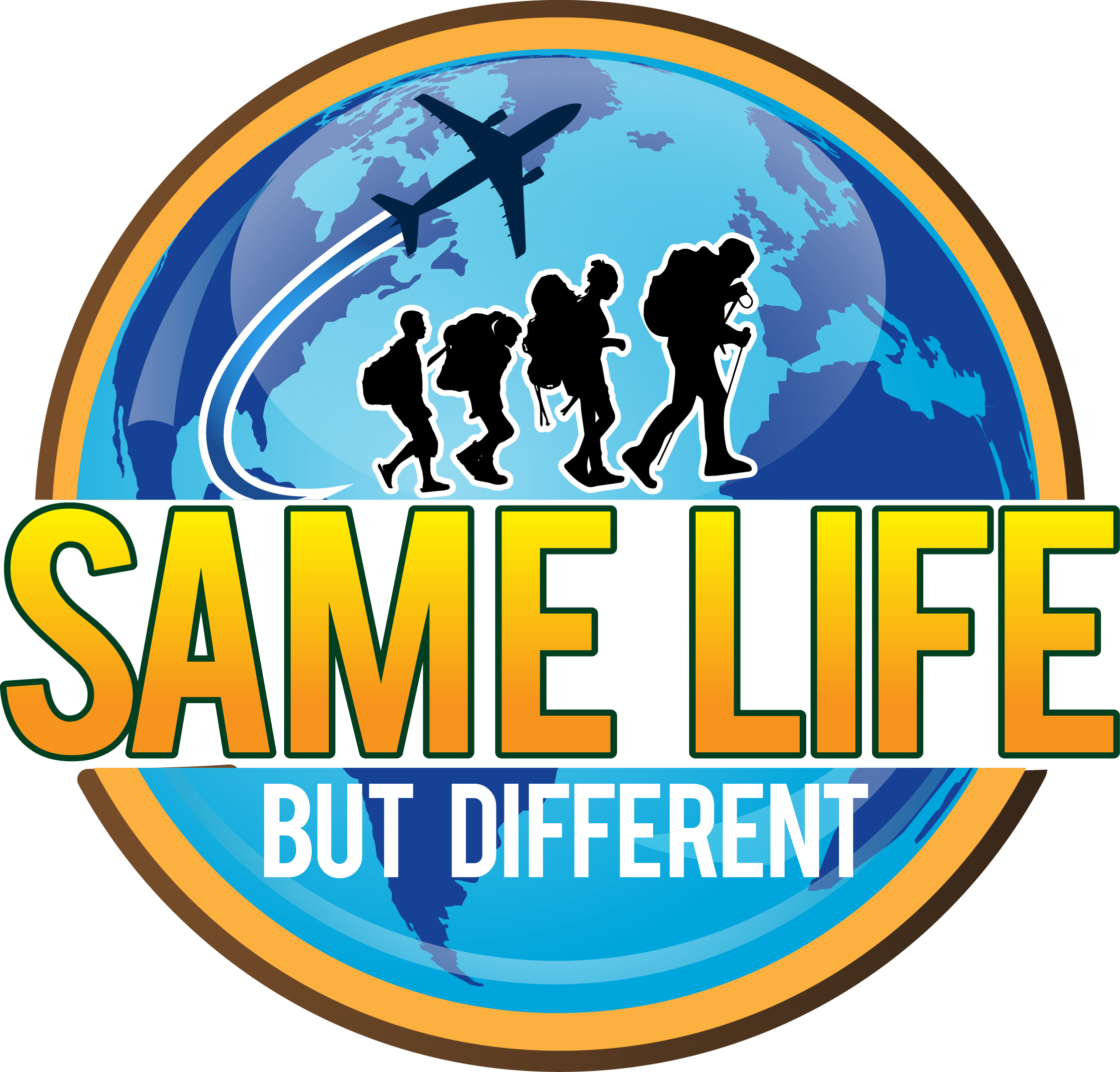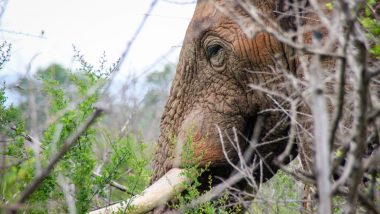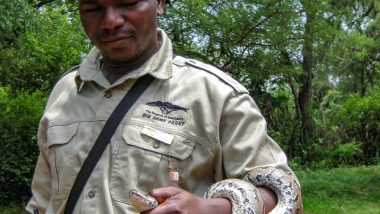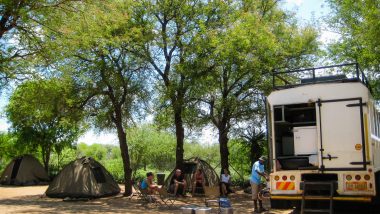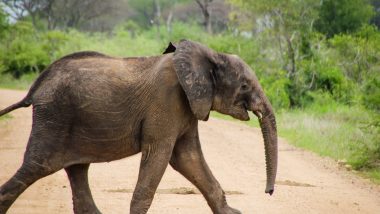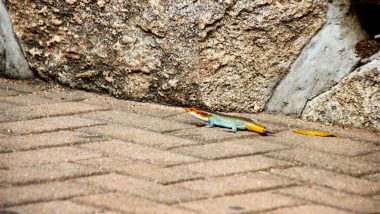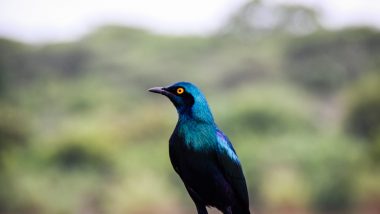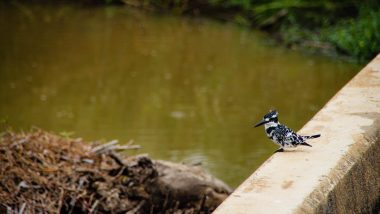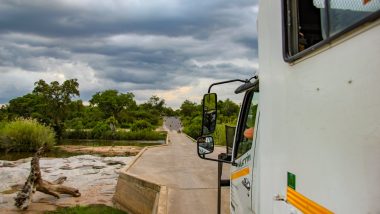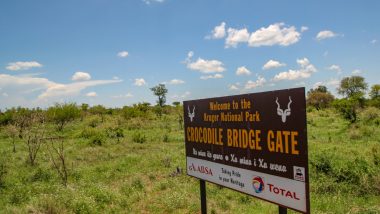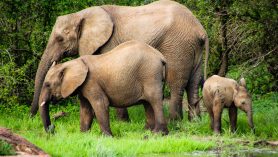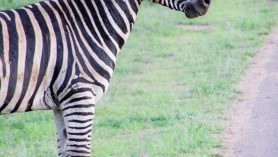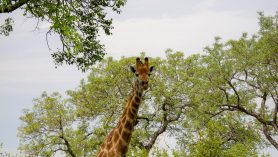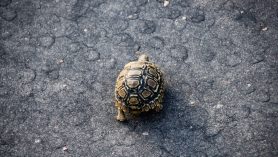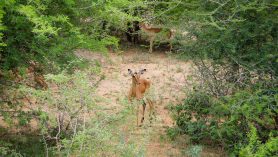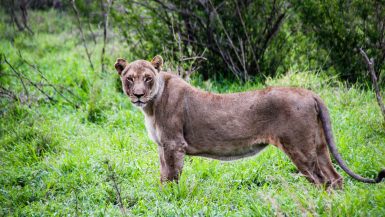Going Nomad
While we were on our two month Asia-Africa-trip we signed up for a two week tour with a South African overland operator.
They took us on a journey that started out in Johannesburg. Then went through Swaziland and into Mozambique before turning around and heading back to South Africa again.
We chose this trip as it seemed exciting, suited our budget and would cover three different countries with varying landscapes and experiences.
A mix of sun, wildlife, savannas and oceans that turned out to be a trip that we would remember for a long time.
So, what is an overland tour operator?
Well, there are many out there, and they can differ in many ways.
Some are hardcore budget travelers where you sleep under the stars and make your own food, while others offer luxurious stays with fine dining and high class accommodation.
We usually prefer something in between, but we have no problems what so ever sleeping in a tent or eating around a camp fire.
On the contrary, we love those kinds of trips, as travelling on a budget often means that you meet and get to know fellow travelers in a much more personal way than if you stay in a fancy hotel only doing private tours. (The more luxurious, the more secluded.)
Of course it does not have to be like that, but that has been our experience anyway.
AWD and simple lifestyle
The overland trucks are often rebuilt 4×4 vehicles that are adapted for travelling.
They have kitchens, freezers and beds and the ability to drive in off road terrain if needed. This means that you can get off the beaten track to places you would struggle to reach on your own.
Life onboard the trucks are often simple.
Most of the food and accommodation is included but you will sleep inside or on the roof of the bus/truck, or maybe in a tent.
The meals and menus are not fixed as the guides will do the shopping along the way. Your breakfast, lunch and dinner depends on what the local supermarket has to offer that specific day.
The food on our tour was absolutely fine but do not have too high expectations on getting three Michelin star dishes every day.
And yes, you will be putting up your own tent as well.
If the truck gets stuck in the mud somewhere, well, it is going to be you and the guy next to you who will do the pushing, raining or not.
But this is all part of the adventure and it is great fun most of the time.
Respect each other
 Just make sure to treat you guides with decency and respect, even if something out of the ordinary happens. They work really hard most of the time and do their best to make everyone happy.
Just make sure to treat you guides with decency and respect, even if something out of the ordinary happens. They work really hard most of the time and do their best to make everyone happy.
Our trip was pretty hassle-free and this was mainly thanks to the effort put in by everybody onboard.
We all helped each other as much as we could and no one started complaining if there was a sudden change of plans or if the food was served a bit late.
Not too many is enough
We have gone on a couple of these trips, both together and separately. The one thing that you really cannot prepare for, but what might be the difference between a great trip and a not so fantastic one, is the company onboard.
You will never know who will be your travel mates until you board your truck. Me myself have had both positive and less positive overland escapades.
On a two and a half month trip from South Africa all the way up to Kenya we were almost 40 people on three buses. I was only 22 years old at that time and backpacking on your own through Africa was not really an option.
The consequence when living as close to each other as we did, for that amount of time, meant that “discussions” sometimes occurred.
As there is not a lot of privacy you get to know the person next to you extremely well, and that means both the negative and the positive sides of that person. Some people probably hated one another after the trip. Some actually got married and got kids.
Welcome to the overland tour lottery, it just might change your life. 😊
Germans, Turks and Aussies
 On this trip we were very lucky.
On this trip we were very lucky.
The truck was a 24-seater and there were only six of us, excluding the two drivers who also acted as cooks and guides.
Two Swedes, two Germans and two Turkish/Australian girls.
We hade a great trip without any bare knuckle fights and we had a lot of time getting to know each other along the way.
A real book
Africa is big so be prepared for some serious truck-time.
(Nowadays people do not talk to eachother, so if you do not want to be lonely, bring your Iphone or tablet and you will be just fine.)
Some older people, like me, also have something that is called a book that they read, but it is a rare sight these days…
On our trip we actually talked a lot, as there was no free wifi onboard.
Even though we come from different places with different cultures, people on the road tend to have the same interests and attitudes towards life.
Kruger
The Kruger National Park is one of the largest game reserves in Africa.
It is situated in the north eastern part of South Africa, in the Mpumalanga and Limpopo provinces, and covers an area of around 20,000 square kilometers (7,772 sq. miles).
The Kruger Park offers some incredible opportunities to spot African wildlife up close.
You can even bring your own car and enter through one of the nine gates surrounding the park. Or you can book a safari trip with a private guide.
Use a guide
Hiring a guide will most likely be a bit more expensive than going on your own, but there is often a good reason why you should get a guide even if it means paying a bit extra.
Guides knows where to look for certain animals and they communicate with other guides while driving around.
The downside is that you might not be completely on your own if some of the guides spot a leopard for example. But it is almost a guarantee that you will see more animals with a guide than without one.
We mostly like to travel on our own, without having to adjust to other travelers needs and wills. So why did we not go on our own this time?
Or try both
Well, on this trip we were already on a tour so everything was pretty much included.
So even if you have plenty of time to drive around the park on your own, and you get to decide your own pace, we still recommend going with a guide at least on one safari.
Then you can compare and make up you own mind if it is worth it or not.
Or go by yourself
The Kruger Park has great DIY maps that helps you plan your own game drive. The maps even show where the best spot and time is to see the animals.
So if you like your independence and want to move at your own pace driving on your own is still a fantastic option.
To increase your chances of a great safari experience, do not be shy. Talk to other people at the Rest Camps that are situated around the park. Most people are there for the same reason as you are and they will probably be more than happy to share their sightings with you.
Some of the Rest Camps also have sightings boards which can help you figure out where to go next. Early mornings and late afternoons are the best time to spot the animals so plan your adventures accordingly.
All inclusive
If you like everything being arranged you can always stay at one of the private lodges. Then you can have an all-inclusive experience and you do not have to worry about a thing.
Ok, you might have to worry about one thing, the limit of your credit card. Because these stays do not come for free, I can tell you that.
Morning or evening drive?
We did two game drives during our stay in the Kruger Park. One in the morning and one in the night. The wildlife in the park is fantastic.
There is a reason why this is one of the most popular parks in the world. Last year the park had 950,000 (!) visitors.
Big five
 Many people want to see the African “Big Five” – the leopard, rhinoceros, elephant, cape buffalo and the lion.
Many people want to see the African “Big Five” – the leopard, rhinoceros, elephant, cape buffalo and the lion.
The most difficult one to spot is without a doubt the elusive leopard as it is a nocturnal animal and like to stay hidden during the day.
On this trip we never saw a leopard which was a shame, but not a surprise. We have seen leopards once before though, when driving up to the Ngorongoro crater in Tanzania.
Two leopards suddenly jumped down on the muddy road from the jungle and vanished as quickly as they came, no one even had time to take a photo.
A very unexpected and fantastic experience nonetheless, leopards are such beautiful and graceful animals.

No lions either
Even though there were a lot of animals in Krüger we somehow managed to miss out on the leopards AND the lions which was a bit of a miscalculation I guess.
How can you go on a safari and not see lions?
Well, we did, and it could have been a real bummer if this would have been our first and only safari. Fortunately we have seen plenty of lions before so it did not feel like a big deal.
Not seeing a leopard kind was a small setback but the rest of the tour in Krüger was great.
And what is the point going on a safari if you will have a 100% animal guarantee? Kind of takes away the excitement, don´t you think?
Back on the bus
 After spending two days at Kruger it was time to board our big white fortress again and head out onto the Panorama route in the Drakensberg mountains.
After spending two days at Kruger it was time to board our big white fortress again and head out onto the Panorama route in the Drakensberg mountains.
This scenic road is centered around the Blyde River Canyon, the world´s third largest canyon, and it is breathtakingly beautiful!
We stopped at Bourke’s Luck Potholes, where the water over thousands of years has formed wonderful swirl holes into the bedrock of the river.
The Three Rondavels and God’s Window (do not forget to bring your camera!) were also visited before we returned to our camp in the late afternoon.
The weather was fantastic. Too fantastic, and it was fantastically painful to forget the sunscreen that day. My bald head still bare marks from the burns I suffered. A travel memory as good as any I guess.
Into a new country
 The following day we broke camp early and headed back into the Kruger Park again.
The following day we broke camp early and headed back into the Kruger Park again.
We drove through the park with our overland truck and had a short morning safari in our own.
After a quick lunch brake we headed east towards Swaziland. Some passport stamps later we had crossed the border and entered the Kingdom of Eswatini, as Swaziland is nowadays called.
King Mswati III decided, in a pretty undemocratic way I might add, that it was time for a change. So why not change the name of a whole country, if you can?
More on the Swaziland and Mozambique part here…
